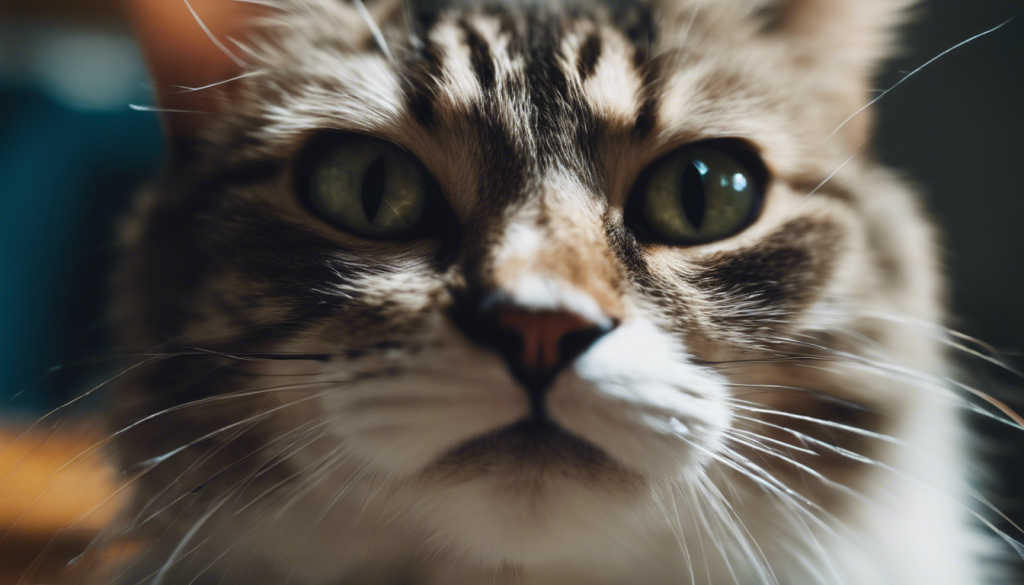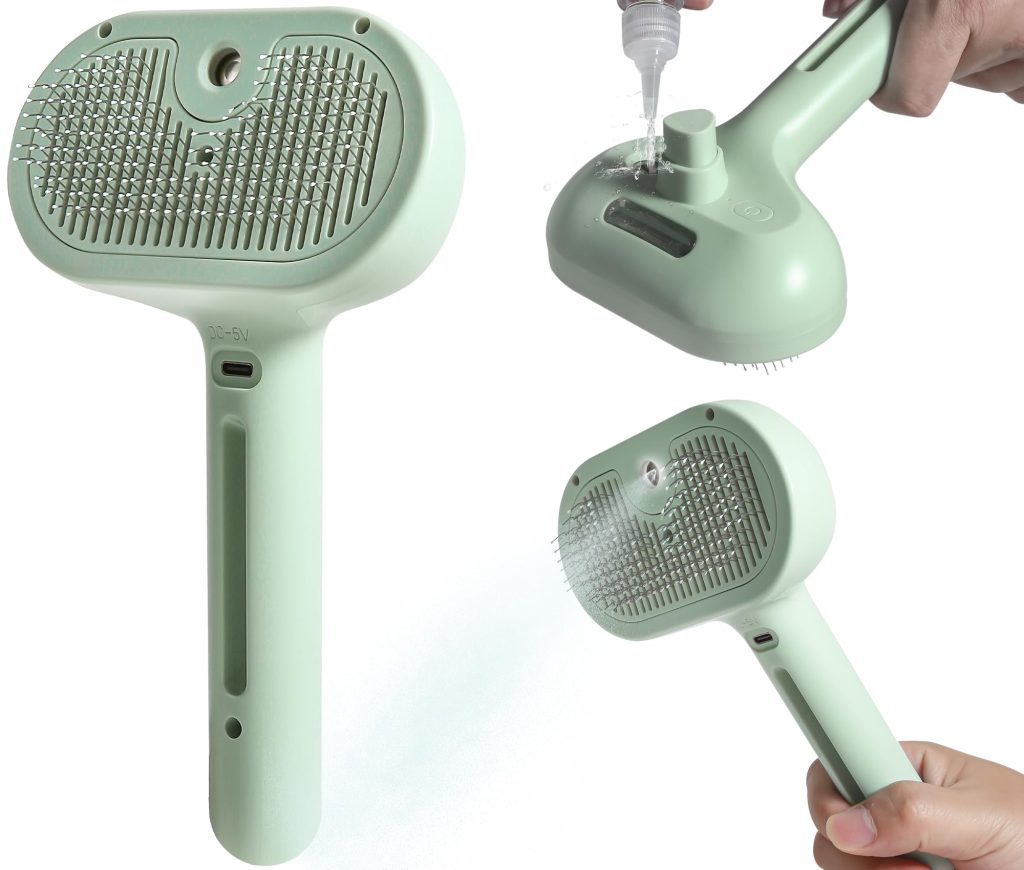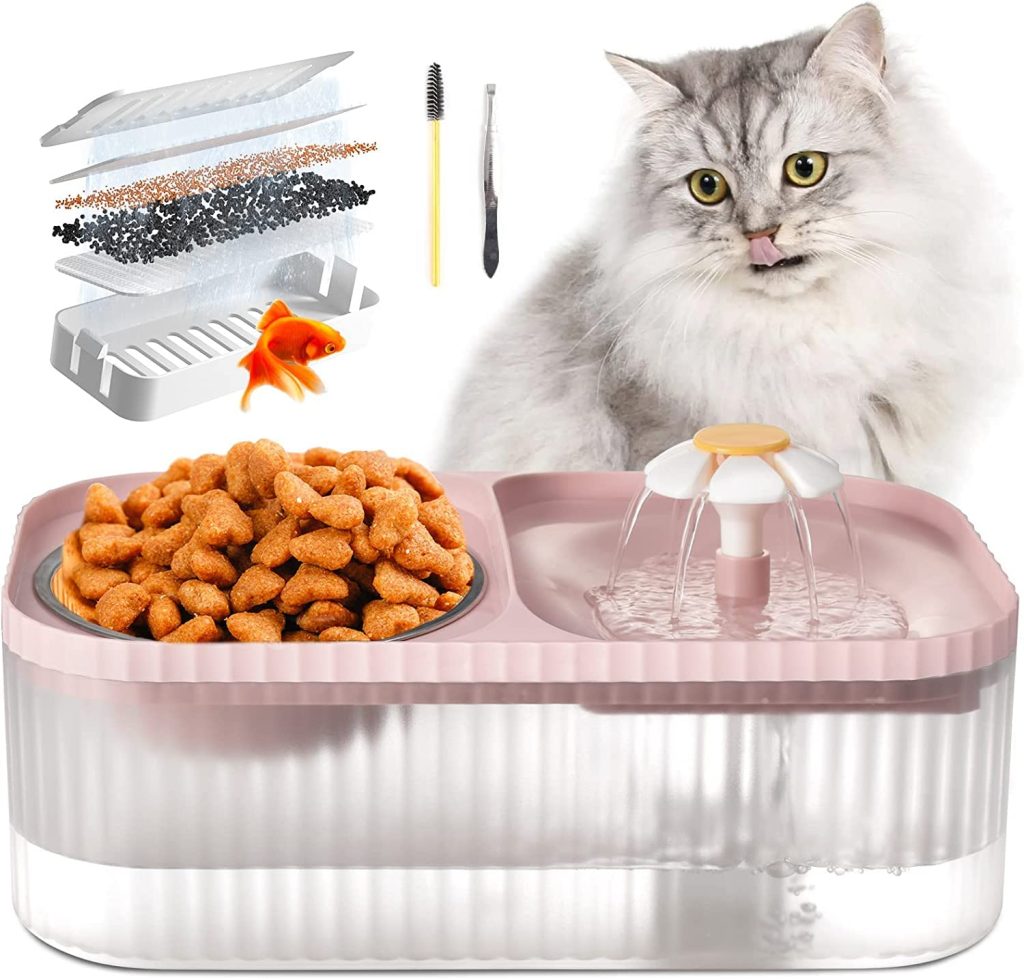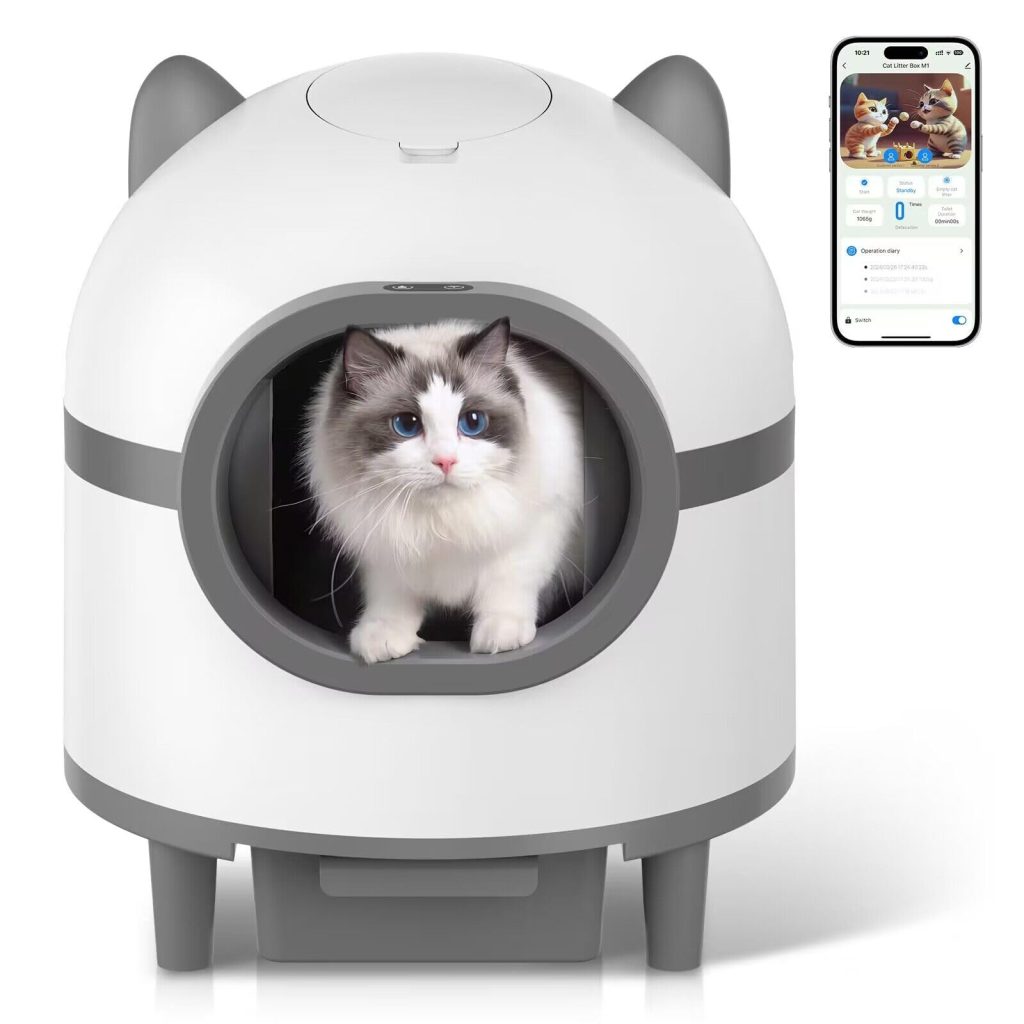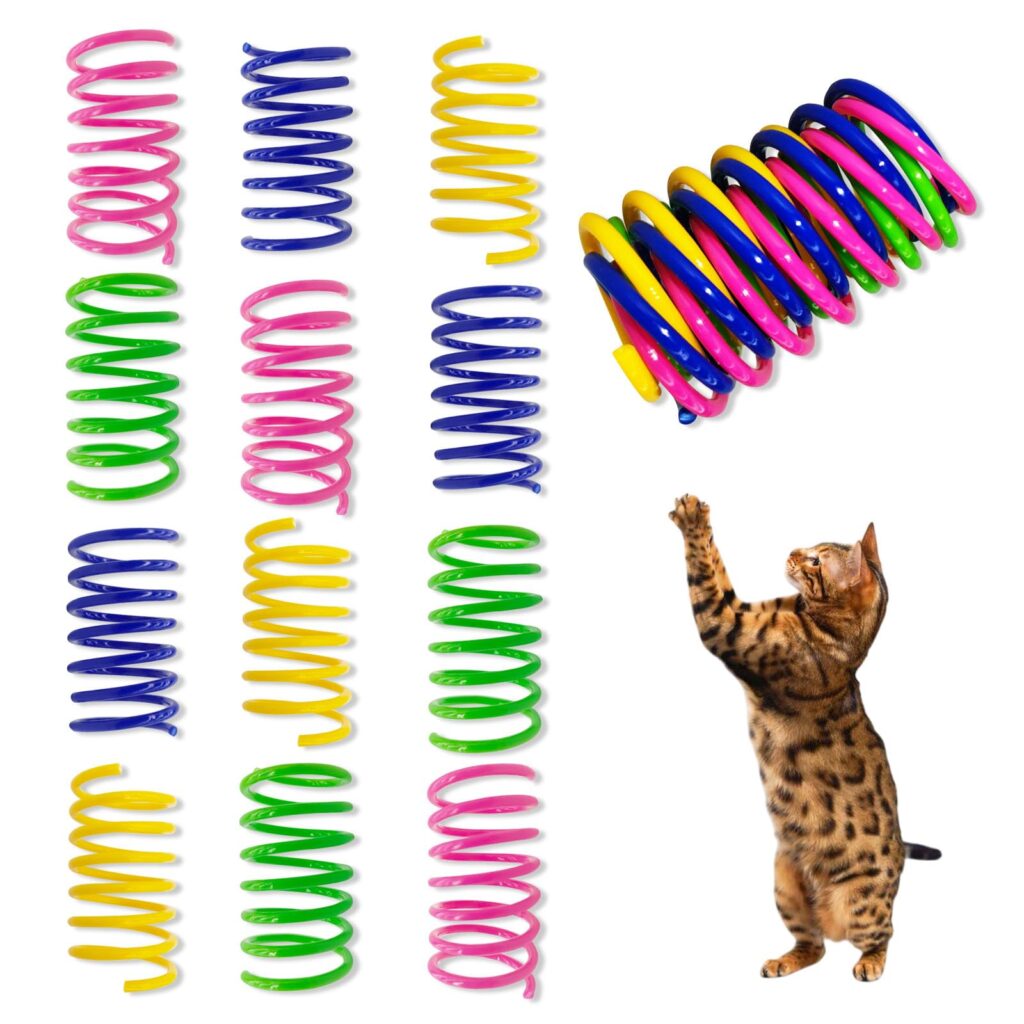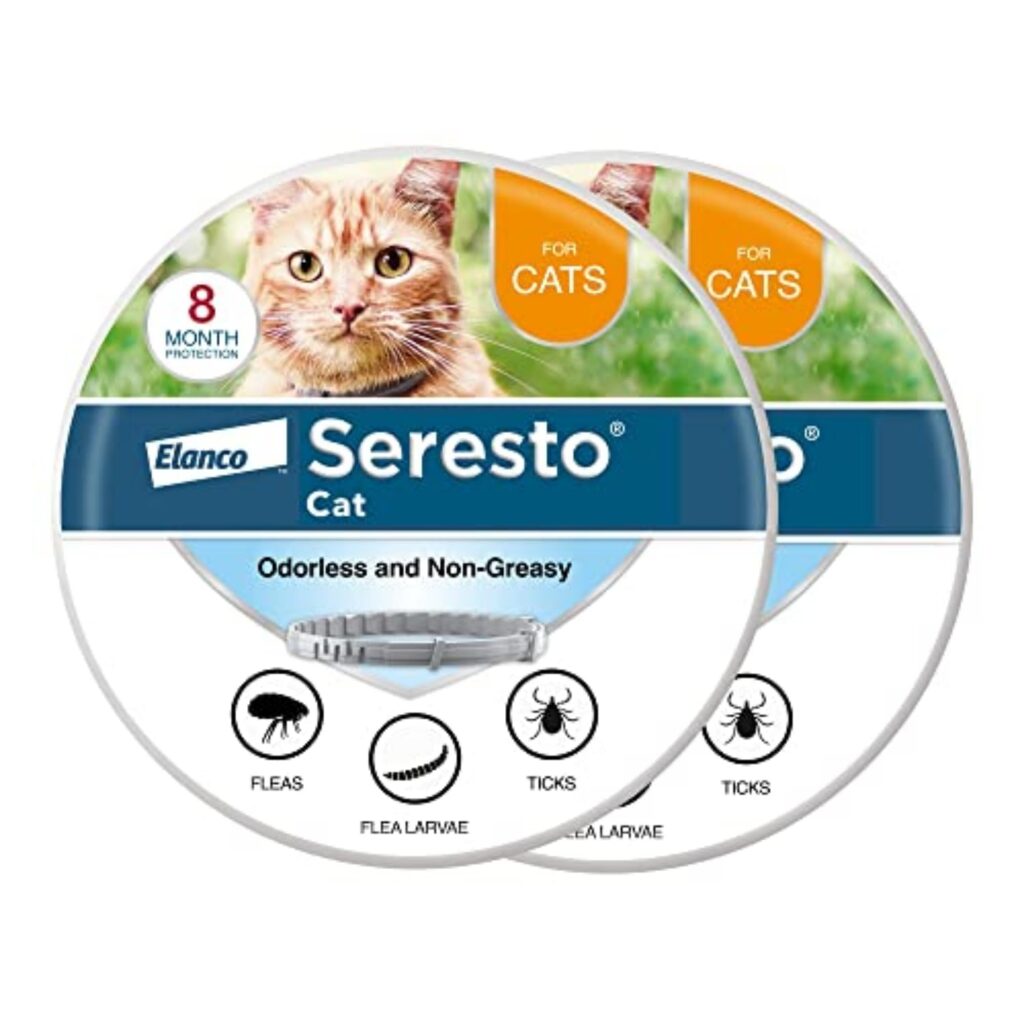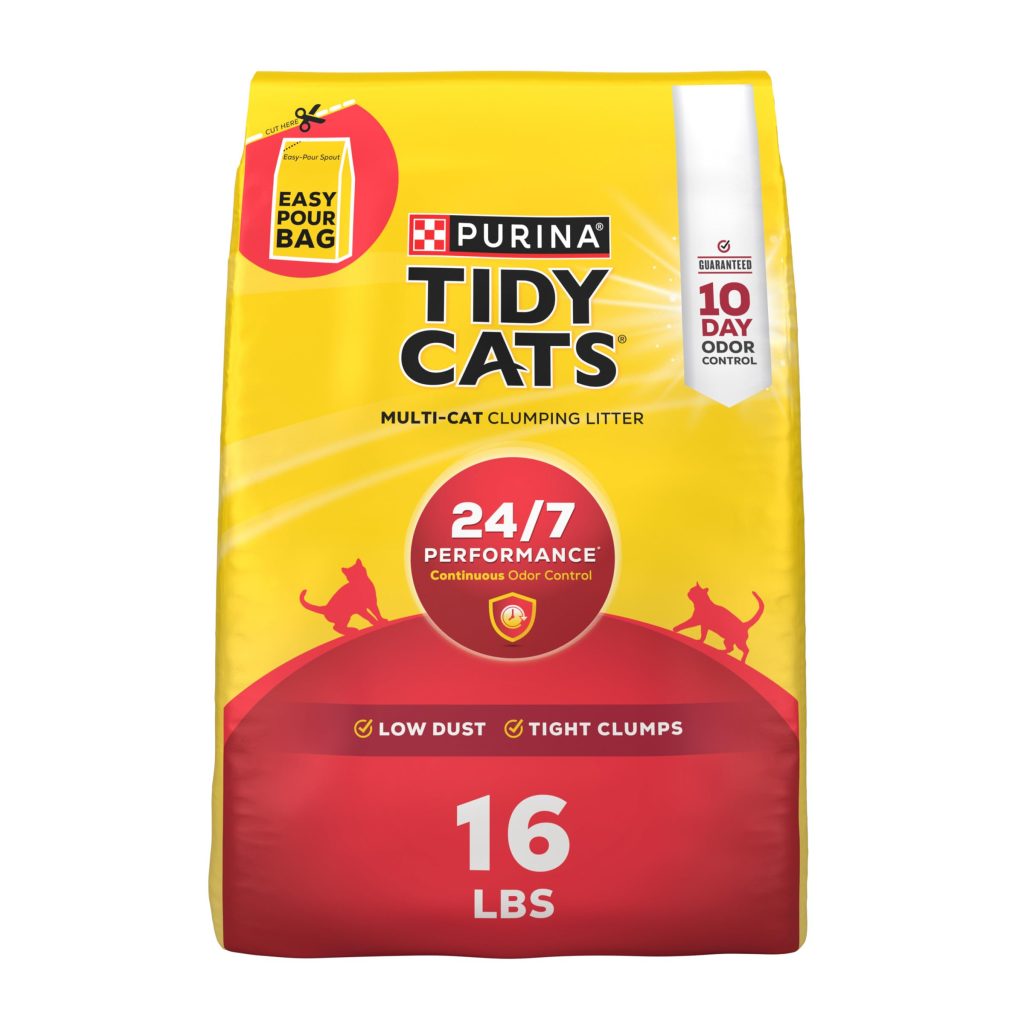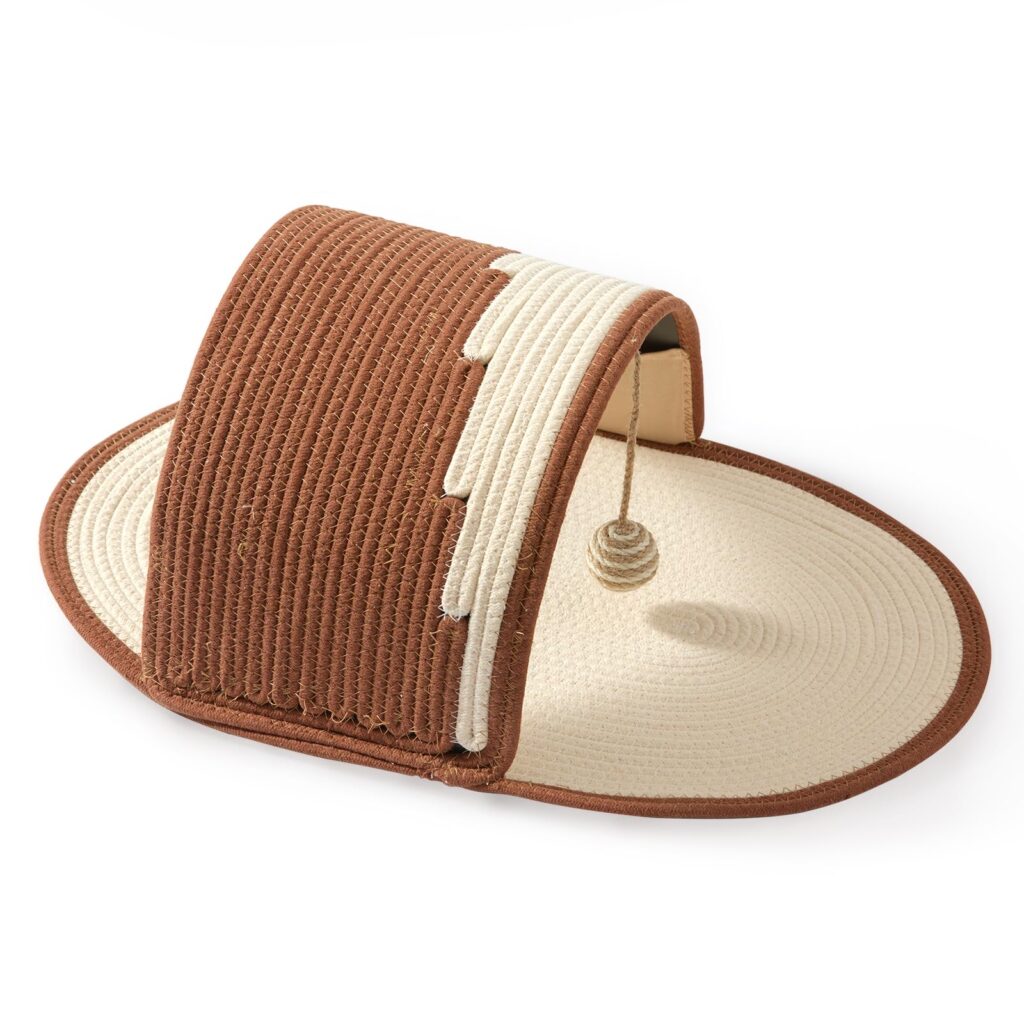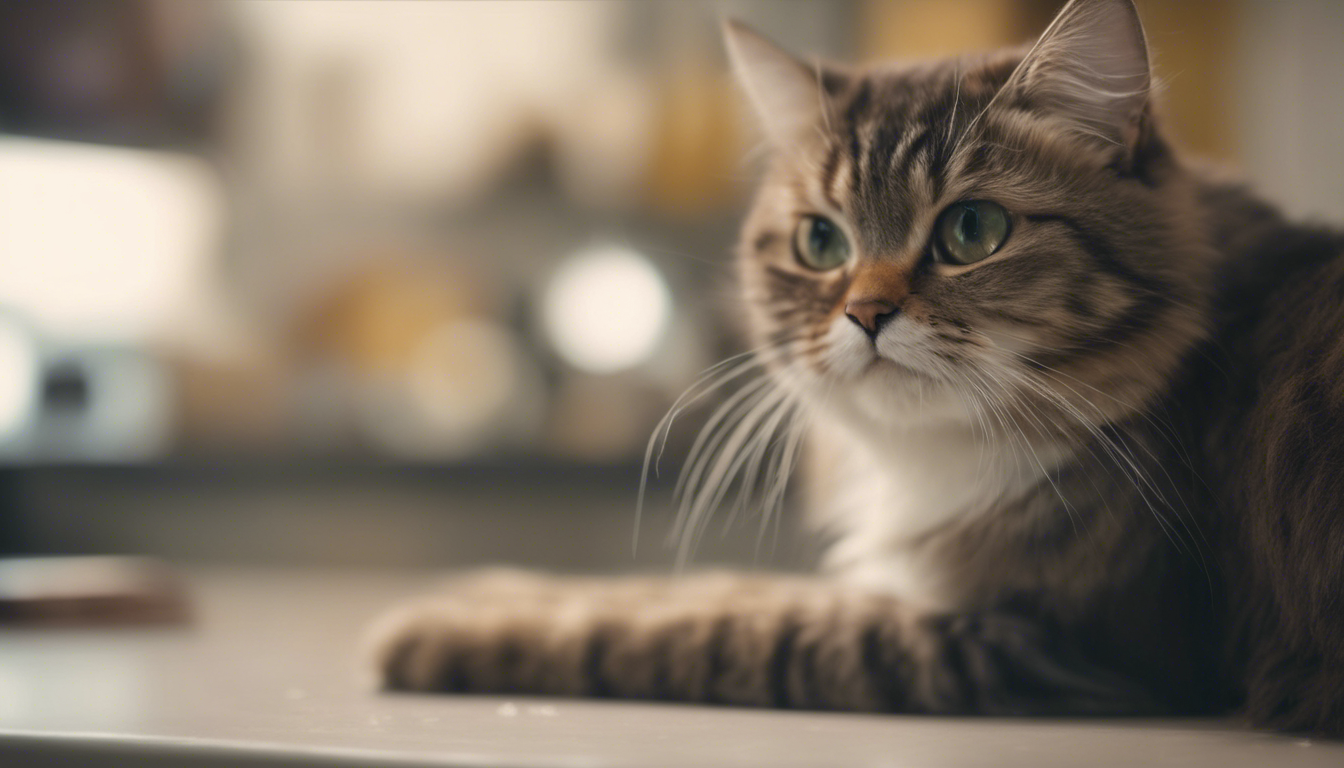
Preventing Hairballs through Proper Grooming
As feline owners, it is essential for us to prioritize the well-being and health of our beloved furry companions. One of the common challenges faced by cats is the formation of hairballs. While they may seem harmless at first, hairballs can lead to various health issues if not properly managed. Thankfully, proper grooming techniques can significantly reduce the frequency and severity of hairballs. In this article, we will explore the essential aspects of feline grooming, including coat care, claw maintenance, and grooming techniques, that can help prevent the formation of hairballs.
Coat Care
The first step towards preventing hairballs is maintaining a healthy and well-groomed coat. Cats have a natural tendency to groom themselves, but they often need assistance in keeping their coat in top condition.
Regular Brushing
Invest in a high-quality cat brush or comb suitable for your feline’s coat type. Regular brushing helps to remove loose hair before it gets ingested, reducing the chances of hairball formation. It is especially important for long-haired cats who are more prone to excessive shedding. Start with gentle strokes and gradually increase the pressure as your cat becomes comfortable with the grooming process.
Bathing
While cats are known for their meticulous self-grooming, occasional bathing can help remove excess oils and dead hair that might contribute to hairball formation. Use a cat-specific shampoo and ensure the water temperature is lukewarm. Always have a non-slip mat in the bathtub to provide your feline friend with stability during the bathing process.
Claw Maintenance
In addition to coat care, proper claw maintenance plays a vital role in preventing hairballs. Regular trimming and providing appropriate scratching surfaces are important aspects of grooming.
Trimming
Keeping your cat’s claws trimmed not only prevents them from becoming excessively sharp but also reduces the amount of loose hair they may swallow during self-grooming. Use specially designed cat nail clippers and ensure you trim only the sharp tips, avoiding the sensitive area called the “quick.” If you are unsure about the process, consult your veterinarian or a professional groomer for guidance.
Scratching Surfaces
Cats naturally scratch to maintain the health of their claws, remove dead outer layers, and mark their territory. Providing adequate scratching surfaces can help redirect your cat’s scratching behavior away from furniture and carpets. Scratching posts, cardboard scratchers, and sisal rugs are excellent options to consider. Regularly inspect and replace worn-out surfaces to ensure they remain appealing and effective for your feline companion.
Grooming Techniques
While brushing and claw maintenance are significant aspects of grooming, using proper grooming techniques can enhance their effectiveness in preventing hairballs.
Slow and Gentle Approach
Approach grooming sessions with patience and a calm demeanor. Cats are sensitive creatures and can become anxious or agitated if groomed forcefully. Take breaks if necessary, especially if your cat shows signs of distress. Treats and positive reinforcement can also help create a positive association with grooming.
Regular Inspections
Regularly inspect your cat’s coat for mats, tangles, or any signs of skin irritation. Matting can trap loose hair and increase the chances of hairball formation. Use your fingers or a comb to gently untangle any knots. Wipe down your cat’s coat with a damp cloth to remove dirt or debris that could contribute to hairball formation.
With these essential aspects of feline grooming in mind, you can significantly reduce the occurrence and severity of hairballs in your beloved cat. By investing time and effort into regular coat care, claw maintenance, and using proper grooming techniques, you are promoting the overall well-being and health of your feline friend.
